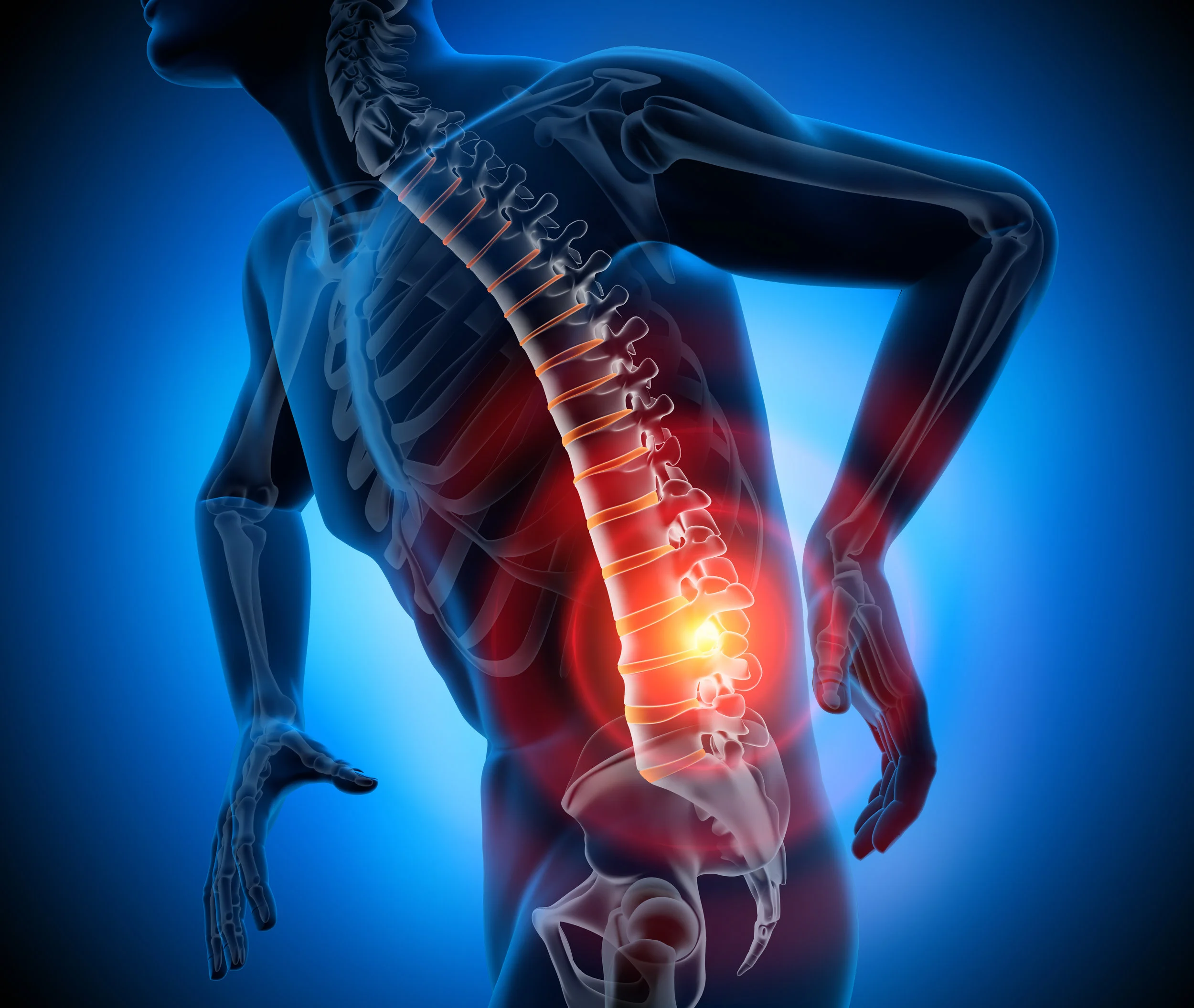Spinal stenosis occurs when one or more areas of the spine narrow and put pressure on the spinal cord or spinal nerves. This compression can cause pain, numbness, or weakness in the extremities. Spinal stenosis can be caused by arthritis, or the degeneration of joints…
Read MoreCervical stenosis is the narrowing of the spine in the neck. This can be caused by the normal “wear and tear” to the spine as a result of aging, while some patients are born with a narrow canal. It most commonly occurs in patients over the age of 50…
Read MoreLumbar stenosis is the narrowing of the spine in the lower back. It is most commonly caused by aging, when the disc degenerates and loses water content. This results in the space between the discs in the vertebrae settling or collapsing causing symptoms in the lower back or legs…
Read MoreSometimes referred to as slipped, ruptured or bulging disc, a herniated disc occurs when the jelly-like center, or nucleus, of your vertebrae pushes against the outer ring of the vertebrae causing back pain, numbness, or weakness in one or both legs. In some cases, if the disc is worn or injured, the nucleus may burst through the outer ring altogether…
Read MoreA cervical herniated disc (occurring in the neck area of the spine) can cause symptoms such as numbness, tingling or pain in the back or arms…
Read MoreSymptoms of a herniated disc in the lumbar spine (or lower back) can range from low back pain as an early symptom followed by leg pain, numbness, or weakness…
Read MoreAlso referred to as a pinched nerve, radiculopathy is a compressed nerve in the spine. It is most commonly found in the cervical spine (neck area) or in the lumbar spine (lower back), although it can also be found in the thoracic spine (upper back) as well…
Read MoreNeurogenic or spinal claudication is the impairment in walking caused by the narrowing of the nerve root canal (or spinal stenosis). Neurogenic claudication causes pain, cramping, discomfort, or weakness in the legs during walking…
Read MoreMyelopathy is compression of the spinal cord by a herniated disc or spinal stenosis (narrowing of the spinal cord), resulting in pinching of the spinal cord in the cervical or thoracic spinal regions. This can cause weakness, numbness, pain (radiculopathy), coordination issues, bowel or bladder dysfunction and changes in gait…
Read MoreMyelopathy is compression of the spinal cord by a herniated disc or spinal stenosis (narrowing of the spinal cord), resulting in pinching of the spinal cord in the cervical or thoracic spinal regions. This can cause weakness, numbness, pain (radiculopathy), coordination issues, bowel or bladder dysfunction and changes in gait…
Read MoreSpondylolisthesis occurs when one of the bones in your spine slips forward. It may occur anywhere in the spine but most commonly occurs in the lower back. The two most common types of spondylolisthesis are degenerative spondylolisthesis and lytic spondylolisthesis…
Read MoreAs we age and the spine begins to dry out and weaken, the discs in the spine can lose height, become stiff, and begin to bulge. As arthritis develops, it weakens the joints and ligaments that hold the vertebrae in place…
Read MoreSpondylolytic spondylolisthesis occurs when one of the vertebrae in the spine slips forward as a result of a break. This most often occurs in the lumbar area of the spine. The fracture most often occurs during adolescence and goes unnoticed until adulthood…
Read MorePost Laminectomy Syndrome or Failed Back Surgery Syndrome is a condition in which pain continues after spinal surgery, in the form of a fusion, laminectomy or discectomy. Symptoms include the same pain as before the surgery, dull aches and pains…
Read MoreJoint osteoarthritis results from excessive wear and tear on the normally slippery cartilage in joints over time. Without the protective cartilage, pain, stiffness and swelling ensue in the affected joints. Osteoarthritis is the most common form of arthritis…
Read More
